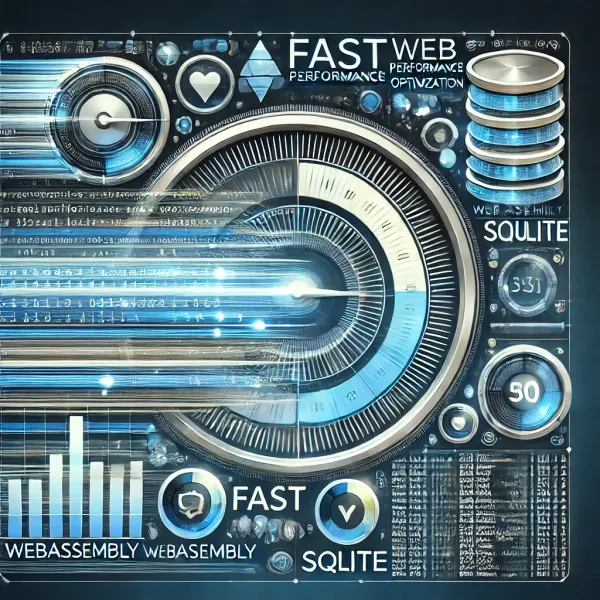The Trump Era: Opportunities and Risks in a Changing World
As the Trump era appears to be on the horizon once again, we are witnessing a period of significant economic and geopolitical uncertainty. While the return of Donald Trump may spark mixed emotions, his influence on key industries and policies could have far-reaching implications. Let’s explore what this means for global markets, particularly the shipbuilding industry, climate challenges, and investment strategies.
The Impact of Trump’s Policies
Donald Trump’s presidency is often associated with unpredictability, and his potential return is no different. While his policies have historically focused on tariffs and reshoring manufacturing, they often create more uncertainty than stability. For investors, this means navigating heightened risks, especially in industries that are directly affected by U.S.-China trade relations and protectionist policies.
Trump’s approach to tariffs and his emphasis on reviving domestic manufacturing may initially appear promising. However, with significantly higher labor and production costs in the U.S., the feasibility of his plans remains questionable. Industries like electronics, automobiles, and even semiconductors may struggle to adapt to these policies in the short term.
Bright Prospects for the Shipbuilding Industry
Despite these challenges, one industry that stands out is South Korea’s shipbuilding sector. Known for its unmatched global competitiveness, the Korean shipbuilding industry is poised for a strong decade ahead. The transition to a decarbonized economy aligns perfectly with Korea’s leadership in LNG carriers and environmentally friendly ships.
Additionally, with the U.S. ramping up LNG exports, American shipping companies are likely to prioritize Korean shipbuilders for their advanced technology and reliability. European shipping companies may also favor Korean firms, especially if geopolitical tensions continue to limit Chinese involvement.
Furthermore, a potential partnership model is emerging where Korea constructs the ship’s hull and basic structures, while advanced weaponry and systems are installed in the U.S. This division of labor could accelerate naval ship production and strengthen U.S.-Korea ties in defense manufacturing.
Climate Change and Food Security: Emerging Challenges
While Trump’s policies may bring opportunities for certain industries, his dismissive stance on climate change poses a significant risk. Climate-related disasters such as floods and droughts are intensifying, threatening global food security. This looming crisis underscores the importance of strategic investments in agriculture and food production.
Major grain companies like Bunge (BG) and Archer-Daniels-Midland (ADM) are likely to play a critical role in addressing food shortages. As climate challenges mount, these companies could experience significant growth, making them attractive long-term investment options. However, the timeline for such investments should align with observable trends in climate impact and agricultural demand.
U.S.-China Relations and Financial Warfare
The U.S.-China rivalry continues to shape global markets, and financial warfare may become a key battleground. By 2026, the U.S. is expected to intensify its efforts to weaken China’s financial systems. This could include targeting the Hong Kong dollar to deplete China’s dollar reserves and destabilize its economy.
Such moves could have profound global implications, potentially triggering a market downturn and a severe economic recession. Investors should prepare for increased volatility in major indices and tech stocks, while keeping an eye on potential opportunities that arise during the turbulence.
Navigating Stagflation Risks
One of the most concerning scenarios under a Trump presidency is the risk of stagflation—a combination of high inflation and economic stagnation. Trump’s trade policies could exacerbate supply chain disruptions and push inflation higher, while failing to stimulate meaningful growth in domestic manufacturing.
During periods of stagflation, investors should focus on essential industries, such as food production and energy. These sectors tend to offer better hedges against inflation and provide stable returns in challenging economic conditions.
Investment Strategies for the Future
Given the evolving economic landscape, here are some key strategies for navigating the coming years:
- Short-Term Focus on Shipbuilding: The Korean shipbuilding industry is well-positioned for growth through 2025. LNG carriers and decarbonization technologies make this sector a compelling investment.
- Transition to Agriculture Stocks: Starting in 2026, shift focus to major grain companies like BG and ADM, which are poised to benefit from increasing food demand and climate challenges.
- Reduce Domestic Exposure: Gradually reduce investments in domestic stocks, except for high-potential industries like cement (e.g., Asia Cement) and solar energy (e.g., OCI Holdings).
- Build Cash Reserves: Maintain liquidity to capitalize on opportunities during market downturns, such as short-term bonds or high-interest savings accounts.
- Monitor Geopolitical Risks: Stay informed about U.S.-China relations and their impact on global markets. Be prepared to adjust investment strategies based on new developments.
Conclusion: Preparing for Uncertainty
While Trump’s policies may present opportunities in select industries, they also introduce significant risks, especially in terms of economic stability and environmental sustainability. Investors must remain vigilant and adaptable, balancing short-term opportunities with long-term resilience.
The future may be uncertain, but by focusing on sectors with strong fundamentals and aligning investments with global trends, it is possible to navigate these challenging times successfully. Whether it’s the shipbuilding industry’s growth or the rising importance of food security, the key lies in staying informed and making strategic, calculated decisions.


